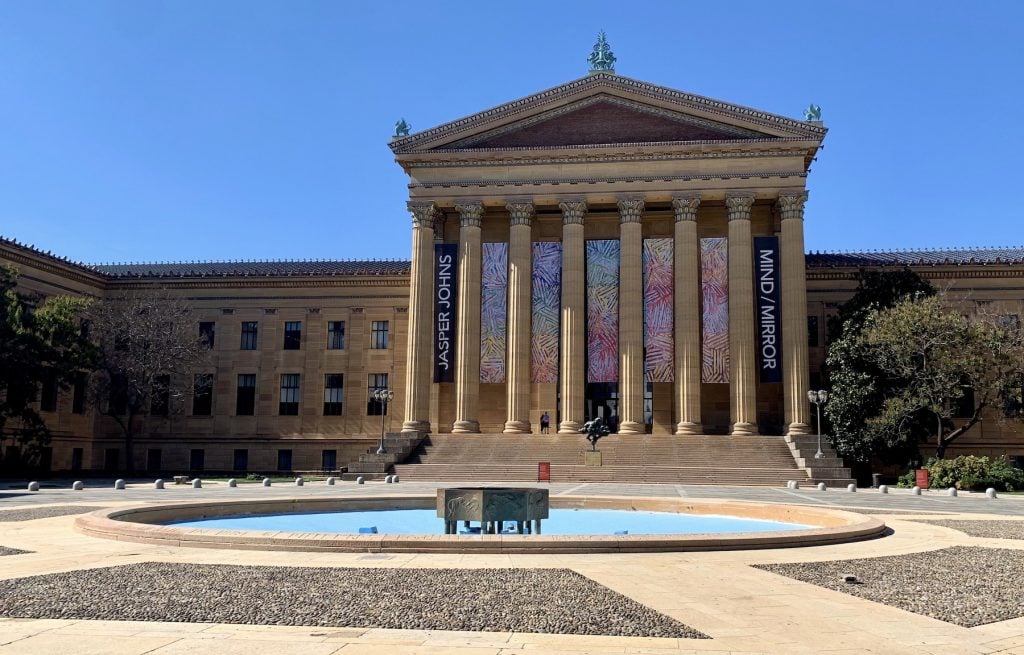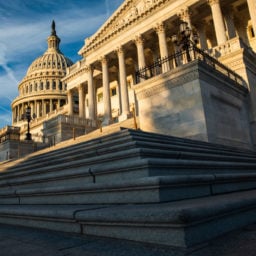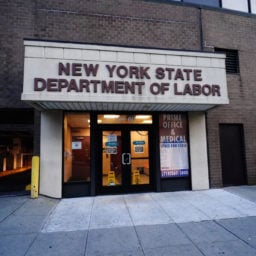Major U.S. museums received hundreds of millions of dollars in government aid intended to protect workers from layoffs, but still cut a significant number of jobs during the pandemic, according to a new report from the American Federation of State, County, and Municipal Employees (AFSCME) union.
Since the government enacted the Paycheck Protection Program (PPP) at the start of the pandemic, 228 cultural institutions received nearly half of the funds—more than $771.4 million through June 1, 2021—while another 7,299 recipients shared the rest.
The 228 larger institutions collectively enacted worker reductions of more than 14,400 employees, or at least 28 percent of their workforce, according to the report, titled “Cultural Institutions Cashed In, Workers Got Sold Out.” Of the 69 institutions for which financial data was available at the time of the analysis, roughly half ended the year with operating surpluses.
The Philadelphia Museum of Art, for example, received $5.1 million in PPP funding and ended up reducing 127 positions (42 of those were buyouts), while the nearby Barnes, a much smaller institution, received $3.6 million and actually added 17 jobs. A spokesperson for the Philadelphia Museum noted that “slightly more than half” of those laid off had held part-time positions.
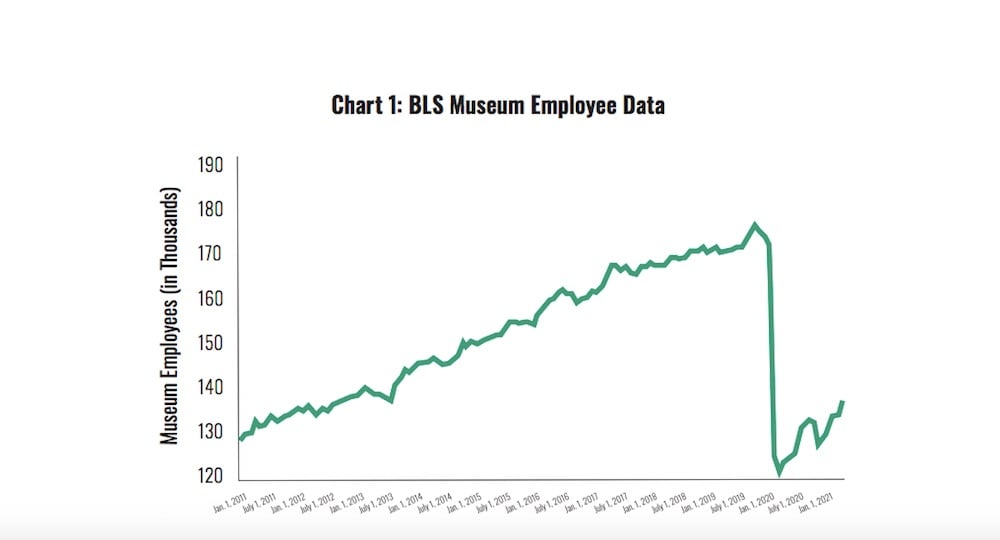
Source: AFSCME CWU Report
“The fact that the big institutions got so much money and there are so many places that needed it points to a huge disparity,” said Adam Rizzo, a programs coordinator at the Philadelphia Museum of Art and president of its union. (Meanwhile, the Philadelphia Museum “spent tens of thousands of dollars on union-busting law firm Morgan Lewis to fight their workers’ organizing effort,” the report notes.)
A spokesperson for the museum countered that the two-year PPP loan, which carried an interest rate of 1 percent, helped it avoid steeper cuts. And it used 100 percent of the funds to support salaries and benefits, even though only 60 percent was required, they said.
“At a time when the museum was forced to close, which created a major impact on earned revenue, the museum was able to keep everyone on staff for three months, even as many positions had no work to perform,” the representative said. “During that time, those making $30,000 retained full salary and benefits; graduated salary reduction was implemented for higher-paid staff, of up to 60 percent for the highest paid.”
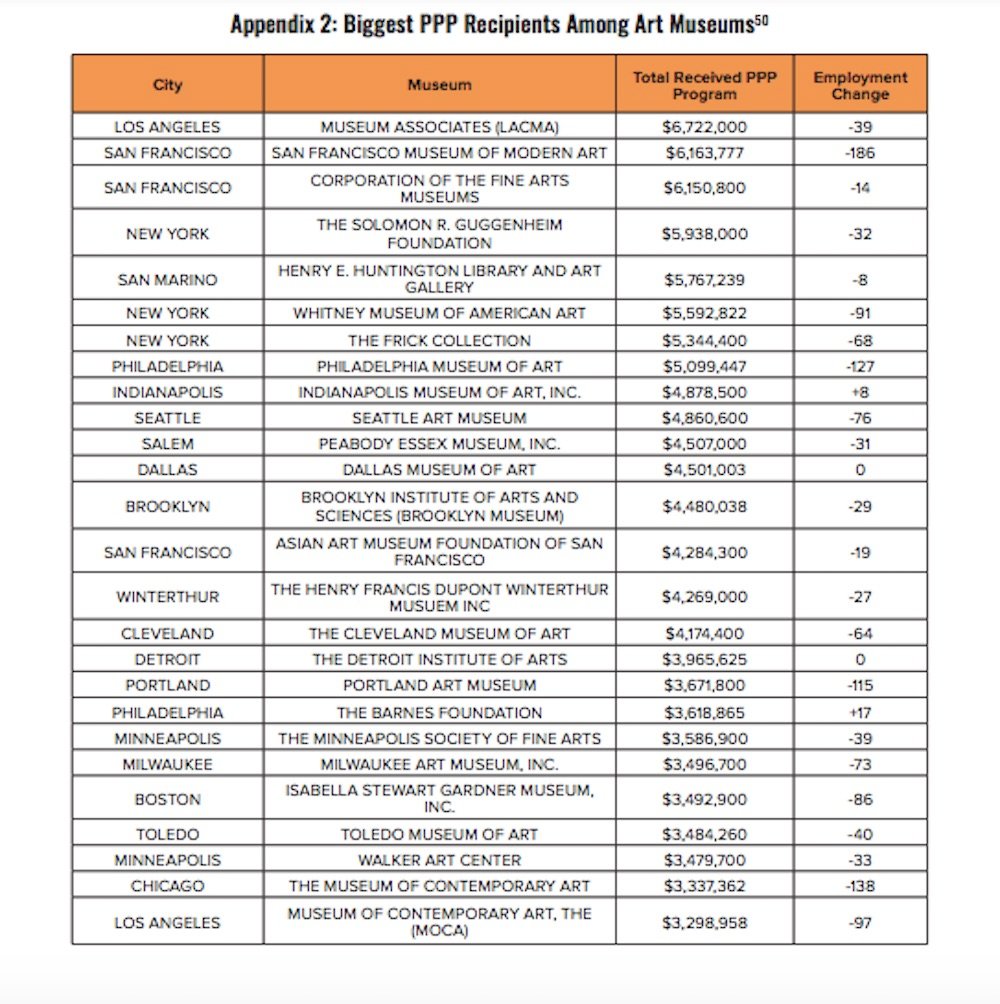
Source: AFSCME CWU Report.
Meanwhile, the Museum of Contemporary Art Los Angeles (MOCA) received $3.3 million in PPP loans, according to the report, and laid off 97 workers during the pandemic. And that’s despite ending fiscal year 2020 with a $2.3 million surplus.
“They could’ve used the funding to keep staff and create digital programming,” said Ace Ubas, retail coordinator at the museum and an AFSCME union member, in the report. “We are still fighting through our union to get coworkers back to work. We are also using our current contract negotiations to influence the museum’s priorities and demand they invest in their most important asset, us.”
One MOCA representative reached for comment took issue with the study’s methodology. “The figure of 97 cited in the report consists of part-time and temporary employees,” they told Artnet News in an email. “Some of the temporary employees were not actively working or assigned to a MOCA project at the time of the layoffs. When layoffs cited by the report occurred, the PPP loan program had not yet been announced, and so MOCA had to make very difficult choices.”
Of the museum’s furloughed employees, “most” were invited to return to once the museum began reopening, the spokesperson said.
The Isabella Stewart Gardner Museum in Boston, which is listed as receiving two rounds of PPP funding totaling $3.5 million, cut 86 positions, according to the report. But Robin DeBlosi, the museum’s director of marketing and communications, countered that that figure is inaccurate, and that overall staffing levels have actually remained unchanged owing to the number of seasonal, vacated and restaffed positions, as well as changing PPP reporting requirements.
When asked about the study’s findings, a representative for the American Alliance of Museums (AAM) said: “Because this isn’t an independent report and we were not consulted in its development, we can’t speak to the methodology. According to our own data and anecdotal conversations, we do know that relief funding was able to save thousands of jobs and institutions though museums are not out of the woods just yet as they’re still struggling financially with continued lower attendance, some museums only recently reopening, too many jobs lost, and 15 percent of museums still at risk of permanent closure.”
An AAM survey conducted in April of this year found that three-quarters of museums reported that their operating income fell an average of 40 percent in 2020 while their doors were closed to the public due to the pandemic.
